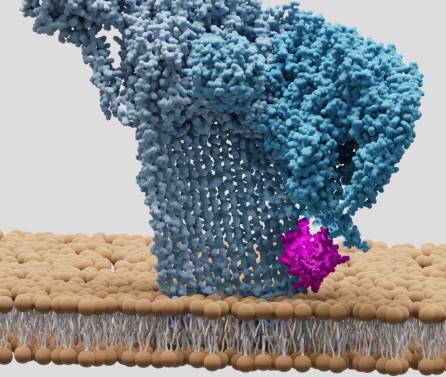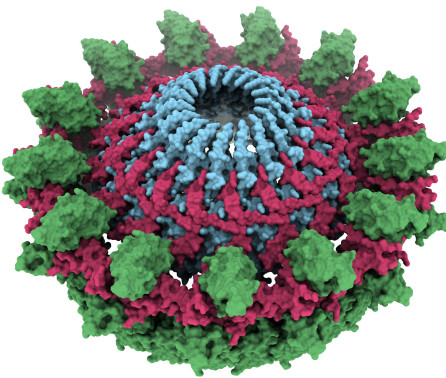BibTex format
@article{Shinopoulos:2014:10.1007/s11120-013-9793-6,
author = {Shinopoulos, KE and Yu, J and Nixon, PJ and Brudvig, GW},
doi = {10.1007/s11120-013-9793-6},
journal = {Photosynthesis Research},
pages = {141--152},
title = {Using site-directed mutagenesis to probe the role of the D2 carotenoid in the secondary electron-transfer pathway of photosystem II},
url = {http://dx.doi.org/10.1007/s11120-013-9793-6},
volume = {120},
year = {2014}
}
RIS format (EndNote, RefMan)
TY - JOUR
AB - Secondary electron transfer in photosystem II(PSII), which occurs when water oxidation is inhibited,involves redox-active carotenoids (Car), as well as chlorophylls(Chl), and cytochrome b559 (Cyt b559), and is believedto play a role in photoprotection. CarD2 may be the initialpoint of secondary electron transfer because it is the closestcofactor to both P680, the initial oxidant, and to Cyt b559, theterminal secondary electron donor within PSII. In order tocharacterize the role of CarD2 and to determine the effects ofperturbing CarD2 on both the electron-transfer events and onthe identity of the redox-active cofactors, it is necessary tovary the properties of CarD2 selectively without affecting theten other Car per PSII. To this end, site-directed mutationsaround the binding pocket of CarD2 (D2-G47W, D2-G47F,and D2-T50F) have been generated in Synechocystissp. PCC6803. Characterization by near-IR and EPR spectroscopyprovides the first experimental evidence that CarD2 is one ofthe redox-active carotenoids in PSII. There is a specificperturbation of the Car•? near-IR spectrum in all threemutated PSII samples, allowing the assignment of thespectral signature of CarD2•?; CarD2•? exhibits a near-IR peak at 980 nm and is the predominant secondary donor oxidized ina charge separation at low temperature in ferricyanide-treatedwild-type PSII. The yield of secondary donor radicals issubstantially decreased in PSII complexes isolated from eachmutant. In addition, the kinetics of radical formation arealtered in the mutated PSII samples. These results are consistentwith oxidation of CarD2 being the initial step in secondaryelectron transfer. Furthermore, normal light levelsduring mutant cell growth perturb the shape of the Chl•?near-IR absorption peak and generate a dark-stable radicalobservable in the EPR spectra, indicating a higher susceptibilityto photodamage further linking the secondary electron-transferpathway to photoprotection.
AU - Shinopoulos,KE
AU - Yu,J
AU - Nixon,PJ
AU - Brudvig,GW
DO - 10.1007/s11120-013-9793-6
EP - 152
PY - 2014///
SN - 1573-5079
SP - 141
TI - Using site-directed mutagenesis to probe the role of the D2 carotenoid in the secondary electron-transfer pathway of photosystem II
T2 - Photosynthesis Research
UR - http://dx.doi.org/10.1007/s11120-013-9793-6
UR - http://hdl.handle.net/10044/1/28008
VL - 120
ER -

